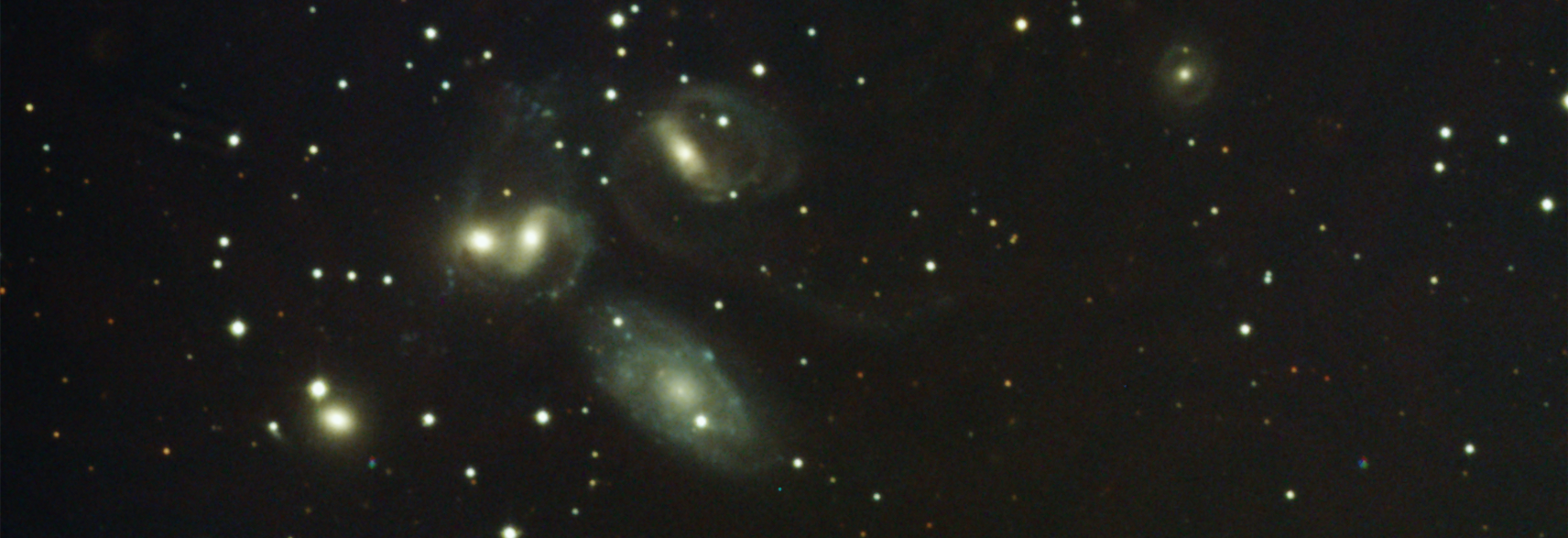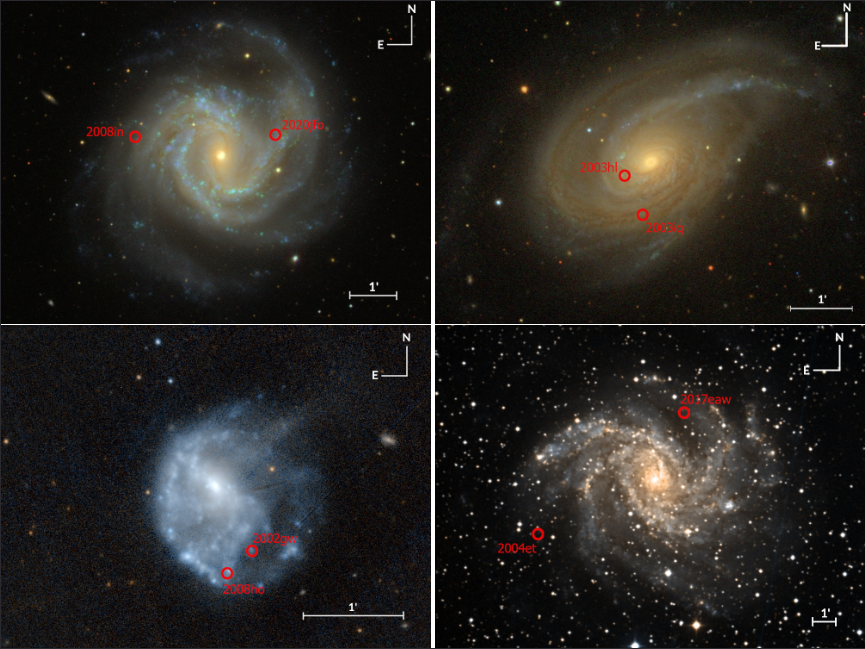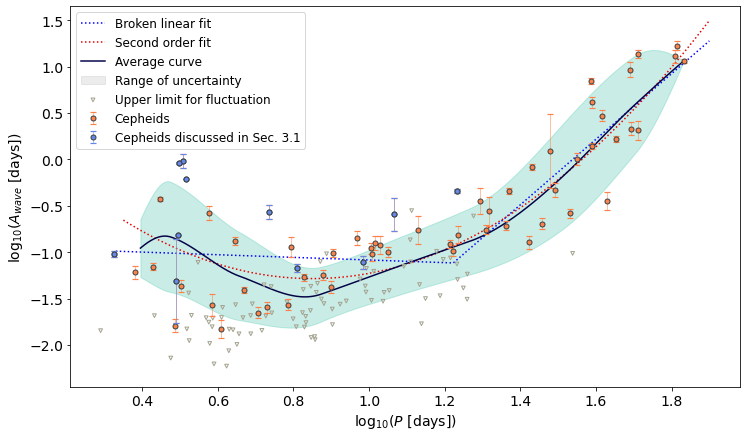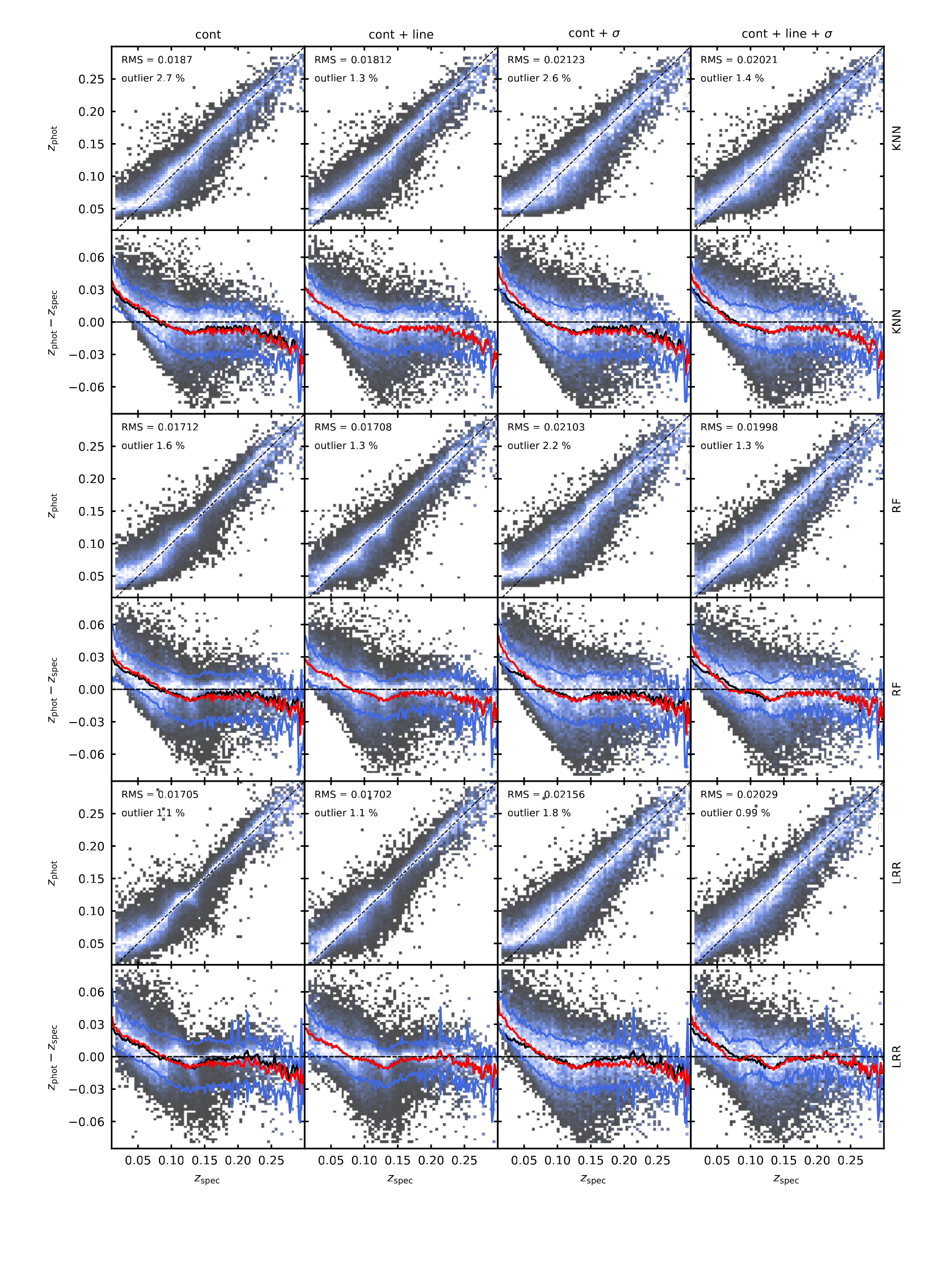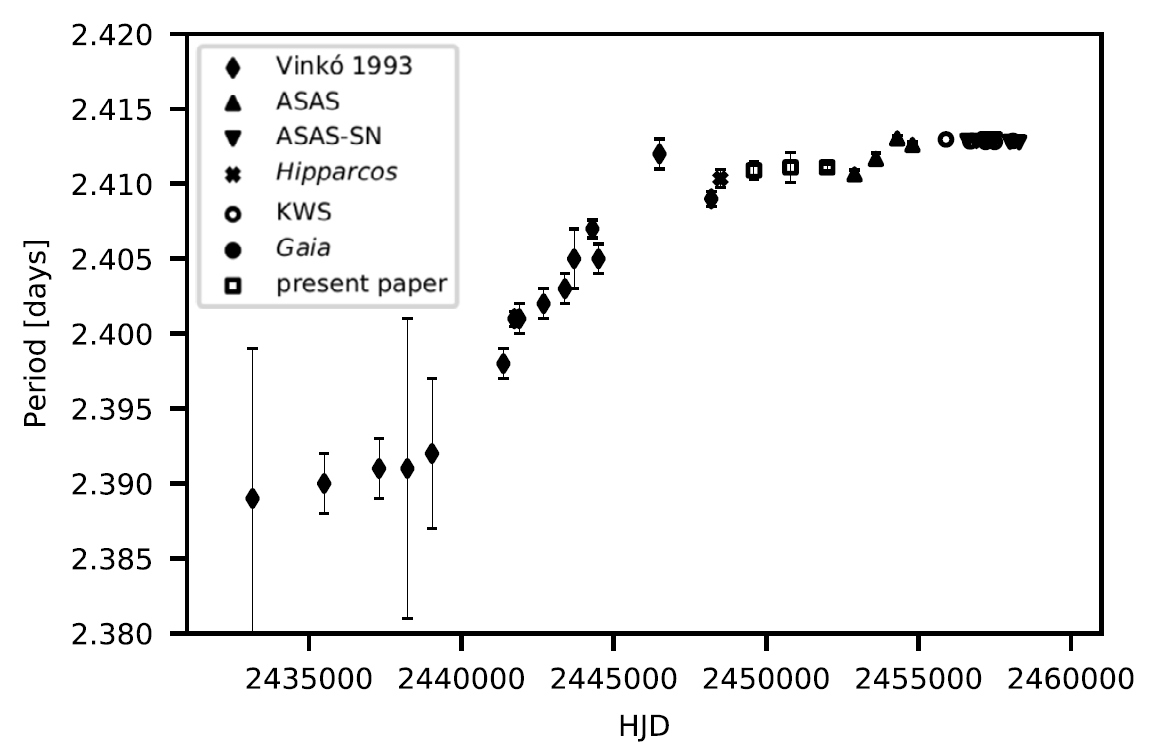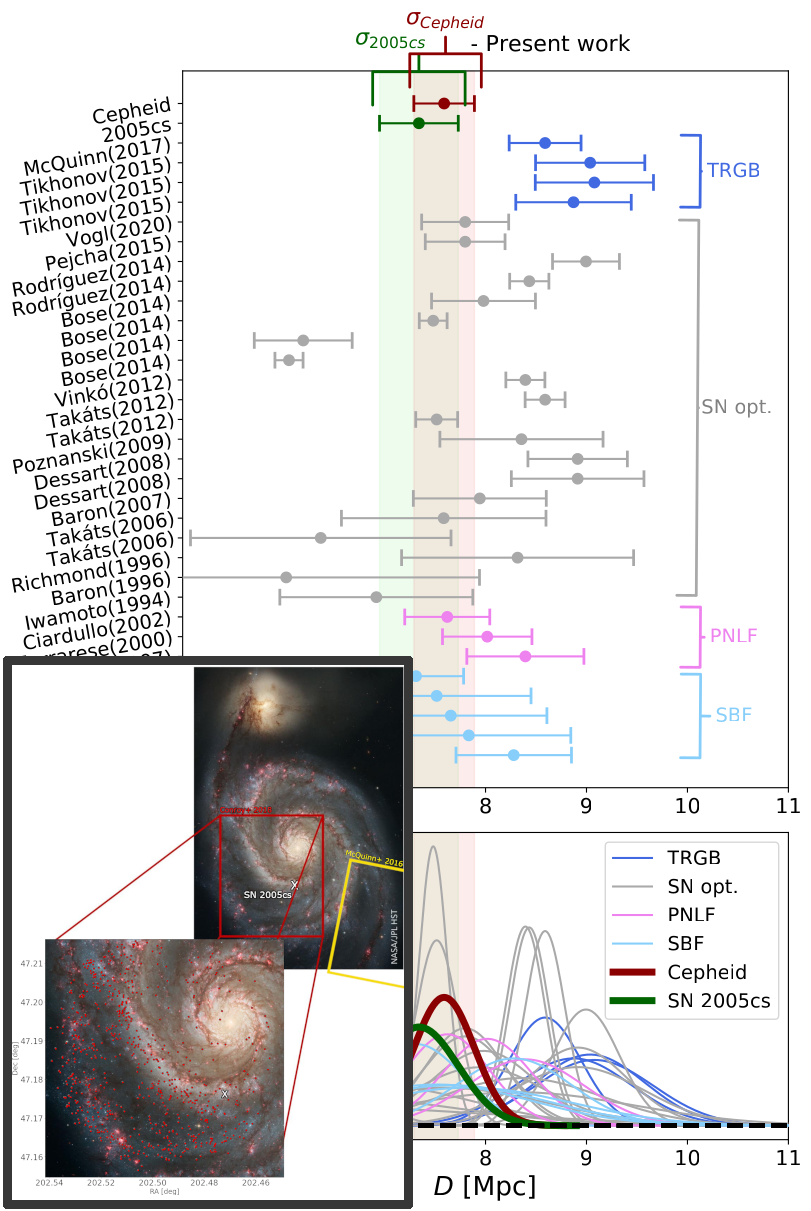
Clarifying the distance to M 51 based on Cepheids and a Type IIP SN
Despite being a well-known galaxy, the distance to M 51 was quite uncertain, with little to no agreement between methods. Even though somebody surely observes this beautiful galaxy on the globe every day, and despite it having been visited by the Hubble Space Telescope multiple times, no Cepheid distance was inferred to it—up until now!

